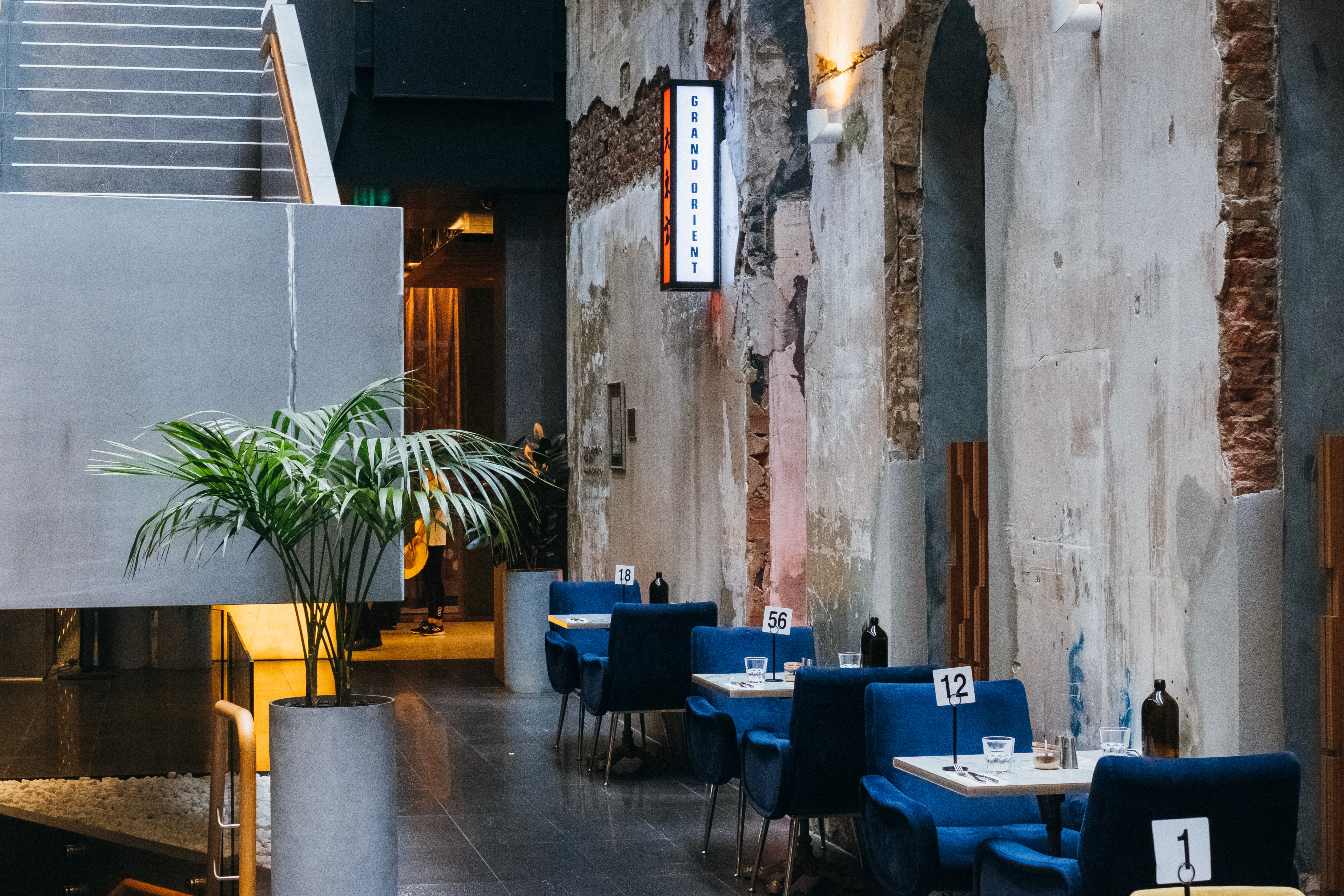The Independent recently reported that coronavirus has the potential to be transmitted at a distance of six metres by air droplets. Researchers found that the airflow of a building directly impacts the distance the virus can travel between people.
Unsurprisingly, this news directly impacts pubs and restaurants seating plans, especially during the winter period, with many using overhead heating vents.
Yet it’s not always easy for restaurants to distance their diners further away from one another – with space being a luxury, and hungry diners less patient to wait in colder climates.
With this in mind, we’ve outlined smart ways to maximise space in your restaurant this runup to Christmas, without making it unpleasant for customers.
Less could be more, for Christmas decor
During December restaurants typically dust off their baubles to create a winter wonderland, for excited diners to enjoy a well-earned break.
This year, there may not be space for eight-foot trees and magnificent displays, but that doesn’t mean you can’t get smart with your decorations while keeping customers safe.
Instead of making displays take up much-needed floor space, utilise your walls and ceilings for imaginative festive scenes.
From different lighting to hanging snowflakes – whatever your theme is, you can maintain the ‘Instagrammable moment’ without compromising the capacity of your seating.
Consider protective shielding
‘One metre plus’ is the recommended distance to sit diners away from one another. If you cannot accommodate this in your restaurant, the government has advised businesses to mitigate risks as best as possible.
One way to mitigate this risk is to install protective shielding between sets of different households.
Protective perspex screens don’t exactly scream chic, but they don’t have to be an eye-sore either.
Many designers are being inspired by isolation measures and taking on the challenges of making stylish and functional protective product design for restaurants.
French designer Christophe Gernigon has created bespoke suspended futurist protective screens that work to accentuate a mid-century modern restaurant styling.
If you’re a restaurant owner, think about the ways you can use screens innovatively. Perhaps you could take the opportunity to use them as a marketing tool – by making them visually dominant or uniquely appealing, as well as purely functional.
For example, Wagamama has created fun sliding perspex screens with visuals of people eating ramen. Who knows, they might even become another reason for customers to visit!
Rethink round tables
Round tables are visually great, but they aren’t always practical when it comes to spacing out the seating of your customers.
Longer rectangular tables offer more space and capacity for socially-distanced sitting, especially for groups of six or more, that are sat outside. They also work better in tighter spaces, as you can move square or rectangle tables against walls on one side, to maximise the size of your floorplan.
Utilise bar space
If your restaurant has a clean and well-lit bar space, that is safe for customers, you should consider utilising it for smaller parties of two people. But only use bar space at a reduced capacity – and remember to seat customers from different households two metres apart where you can.
Remember safe seating isn’t just about separating diners, it’s also about keeping serving staff and customers at a safe distance. When seating customers at a bar, remember that bar stools could potentially block walkways.
Minimise customers’ movement through the restaurant
Apart from using the toilets, customers should be encouraged to remain seated at all times. When they do have to move through your restaurant, they should wear protective face coverings.
One way to minimise movement is to utilise excellent customer service and serve diners directly from their table.
This service should include the payment process too. Rather than creating queues at the till restaurants should invest in Pay At Table solutions that allow waiting staff to clear tables quickly and efficiently.
Contactless card machines minimise staff’s contact with cash and can speed up the payment process, allowing a busy team to disinfect tables between diners.


